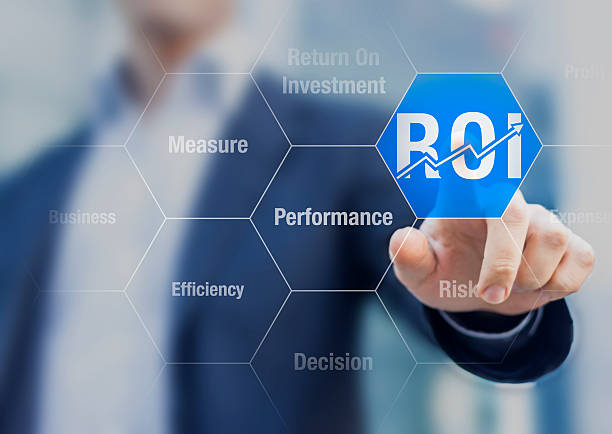Why Calculate the ROI of Your Marketing Campaign?
For restaurants, calculating the Return on Investment (ROI) of a marketing campaign is essential. It tells you whether every euro spent on advertising is generating a tangible financial return, and helps you identify where to adjust your strategy to maximise profitability.
Marketers consider ROI the most important indicator of campaign success. A high ROI shows that your investment – whether in social media ads, seasonal promotions, or content creation – is delivering results. A low ROI, however, signals that your approach needs refining.
Key Factors in Calculating ROI
Several factors determine the ROI of your marketing campaigns. Understanding these will help you manage budgets effectively and improve performance.
Customer Acquisition Cost (CAC)
CAC refers to the amount you spend to acquire a customer. It includes advertising, promotions, and content creation. The lower your CAC, the higher your ROI – as long as the customers you attract convert into paying diners.
Production Costs
Marketing costs aren’t just about advertising spend. They also include the cost of producing visuals, videos, menus, and social media content. If production costs are too high compared to the revenue generated, achieving a positive ROI will be challenging.
High-quality content drives success, optimising production costs while maintaining quality is therefore key.
Marketing Spend
Your total marketing spend must be included for an accurate ROI calculation. This covers social media advertising, Google Ads, PR campaigns, and other promotional costs. Careful planning ensures that your marketing budget is allocated where it delivers the strongest return.
Key Indicators for Measuring ROI
- To measure ROI effectively, monitor the following key performance indicators (KPIs):
- Conversion Rate – the percentage of people who take action (make a reservation, place an order, or sign up).
- Cost per Lead (CPL) – the average amount spent to generate one qualified lead. A well-targeted social media campaign can reduce CPL, improving ROI.
- Sales Generated – the most important measure of ROI, showing whether marketing spend is directly translating into revenue.
Example: ROI Calculation for a Restaurant Marketing Campaign
Let’s say your restaurant invests €500 in a Facebook and Instagram advertising campaign to promote a new weekend dining offer. The campaign targets audiences within 10 km of your venue.
- 200 people click through to your booking page.
- 40 customers make reservations using the promotion.
- Each customer spends an average of €50, generating total sales of €2,000.
The ROI calculation is:
- ROI = (Revenue – Cost) ÷ Cost
- ROI = (€2,000 – €500) ÷ €500 = 3 (or 300%)
This means that for every euro invested in the campaign, your restaurant generated €3 in return.
To improve ROI further, you could:
- Retarget past customers with loyalty promotions.
- Send follow-up emails or SMS reminders to encourage repeat visits.
- Test different ad visuals and messages to boost conversions.
Optimising Marketing Spend Through ROI
ROI provides restaurant owners and managers with the clarity needed to make data-driven decisions. By tracking acquisition costs, conversion rates, and revenue generated, you can refine campaigns for stronger returns.
Whether you’re promoting seasonal menus, running paid social ads, or launching loyalty offers, monitoring ROI ensures your marketing budget works harder for your restaurant.



